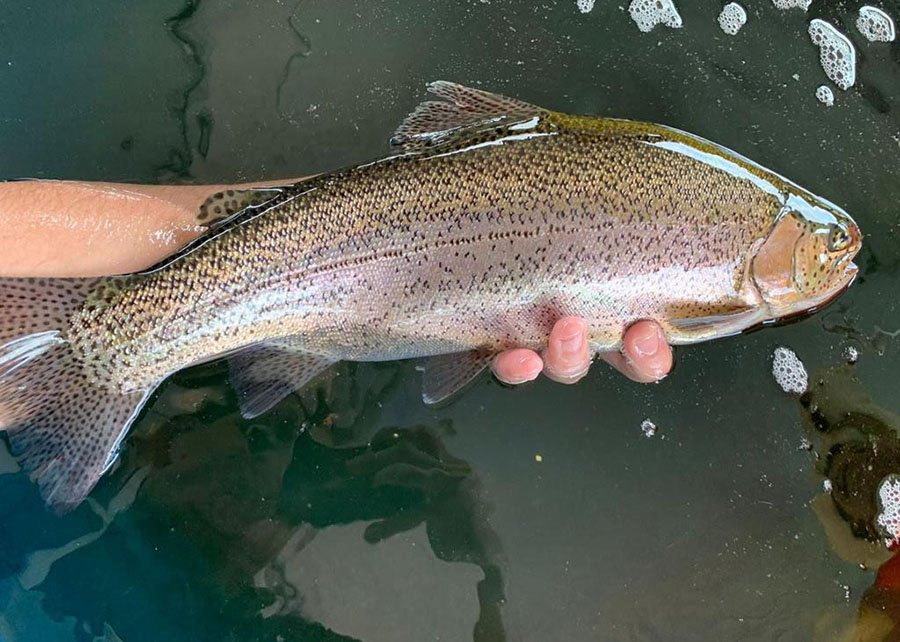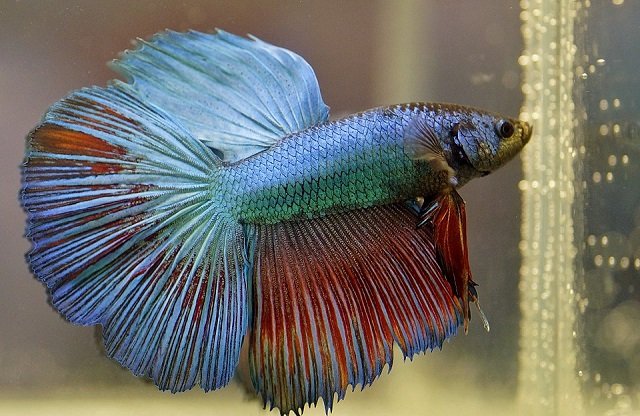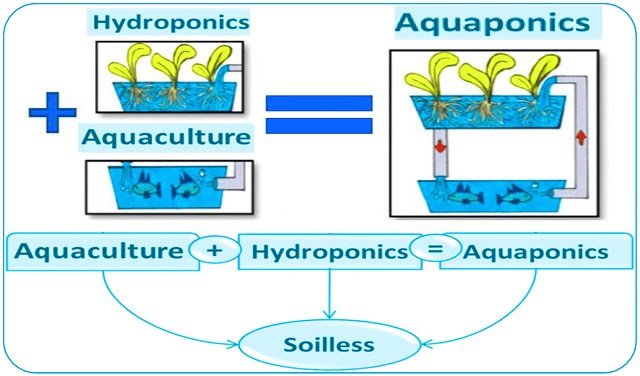
The aquaculture industry is continually seeking sustainable and cost-effective alternatives to traditional fishmeal and fish oil (FM/FO). While plant-based meals and oils (PM/PO) offer a promising solution, concerns persist about their impact on the final consumption quality of farmed fish, particularly carnivorous species like rainbow trout (Oncorhynchus mykiss).
A recent study published in the Journal of Food Composition and Analysis investigates the effects of replacing FM/FO with PM/PO on the quality of rainbow trout fillets and explores an innovative feeding strategy as a possible third option.
Study Summary
Researchers Fatih Korkmaz and Murat Arslan, from Atatürk University in Turkey, evaluated the final consumption quality of rainbow trout fed four different dietary regimes over 150 days:
- AF: Fed exclusively with a fishmeal/fish oil-based diet.
- FP: Fed exclusively with a plant-based meal/oil diet.
- AF/FP: Fed the FP diet in the morning and the AF diet in the afternoon.
- AF-FP: Fed the FF diet one day and the FP diet the next, alternating daily.
The study assessed fillet yield, proximate composition (proteins, lipids, moisture, ashes), fatty acid profiles, amino acid profiles, color, sensory characteristics (raw and cooked), and shelf-life parameters (pH, lipid peroxidation, TVB-N).
Key Findings
Fillet Yield and Proximate Composition
Replacing FM/FO with PM/PO, either totally or partially through alternating strategies, did not significantly affect fillet yield or levels of protein, lipids, ash, and moisture in the fillets. All groups maintained a fillet yield of approximately 48.3%.
Amino Acid Profile
The essential and non-essential amino acid profiles of the fillets remained consistent across all dietary treatments. This suggests that replacing FM/FO with the specific plant ingredients used in this study did not compromise the essential amino acid content of the fillet.
Fatty Acid Profile
As expected, the fatty acid profile of the fillet largely reflected the lipids in the diet. Replacing fish oil with plant oils (FP group) resulted in a significant reduction of beneficial long-chain omega-3 polyunsaturated fatty acids (LC-PUFA n-3), specifically EPA and DHA.
However, the study revealed that alternating feeding strategies (FF/FP and FF-FP) substantially restored EPA and DHA levels compared to the fully plant-based diet. While the FP group showed reduced EPA and DHA, the fish still retained detectable levels (1.1% EPA and 6.5% DHA), indicating some bioconversion ability.
Stay Always Informed
Join our communities to instantly receive the most important news, reports, and analysis from the aquaculture industry.
Lipid Peroxidation and Shelf-life
Lipid peroxidation (measured as TBARS) increased during the 12-day refrigerated storage period in all groups. However, fish fed diets containing plant ingredients (FP, FF/FP, FF-FP) showed significantly lower lipid peroxidation levels compared to the FM/FO group (FF), especially towards the end of the storage period. This suggests that incorporating plant-based ingredients, whether continuously or alternated, could extend shelf-life by improving oxidative stability.
TVB-N
Total volatile basic nitrogen (TVB-N), another freshness indicator, increased during storage in all groups. While statistically significant differences were observed between groups on day 12, all values remained well below the acceptable limit, considered “very good” quality.
Sensory and Color
Dietary treatments had minimal impact on most sensory attributes of both raw and cooked fillets. Some minor differences were observed in the overall acceptability of raw fillets and in the color of cooked fillets, but the overall organoleptic quality was not negatively affected by plant-based diets or alternating strategies. The fillet brightness (L) was significantly lower in the FP group compared to the FF group.
Conclusions and Implications
This study demonstrates that the complete replacement of FM/FO with PM/PO in rainbow trout diets did not negatively affect fillet yield or proximate and amino acid composition. While complete replacement significantly reduced LC-PUFA n-3, the novel alternating strategy between FM/FO and PM/PO diets effectively restored EPA and DHA levels.
Crucially, the inclusion of plant-based ingredients, either continuously or alternately, improved the oxidative stability of fillets during refrigeration, potentially extending shelf life.
The findings suggest that alternating feeding strategies, using both traditional fishmeal/fish oil and alternative plant-based fishmeal/fish oil foods, could represent a viable approach for rainbow trout production. This strategy offers a way to reduce reliance on finite marine resources while maintaining desirable long-chain omega-3 polyunsaturated fatty acids in the final product and potentially improving shelf life.
Contact
Murat Arslan
Department of Aquaculture, Faculty of Fisheries, Atatürk University
Erzurum 25240, Türkiye
Email: muratars@atauni.edu.tr
Reference
Korkmaz, F., & Arslan, M. (2025). Plant meal/oil-based vs. Fishmeal/oil-based diet for fillet quality in rainbow trout (Oncorhynchus mykiss): What about a new strategy as a third option? Journal of Food Composition and Analysis, 142, 107524. https://doi.org/10.1016/j.jfca.2025.107524
Editor at the digital magazine AquaHoy. He holds a degree in Aquaculture Biology from the National University of Santa (UNS) and a Master’s degree in Science and Innovation Management from the Polytechnic University of Valencia, with postgraduate diplomas in Business Innovation and Innovation Management. He possesses extensive experience in the aquaculture and fisheries sector, having led the Fisheries Innovation Unit of the National Program for Innovation in Fisheries and Aquaculture (PNIPA). He has served as a senior consultant in technology watch, an innovation project formulator and advisor, and a lecturer at UNS. He is a member of the Peruvian College of Biologists and was recognized by the World Aquaculture Society (WAS) in 2016 for his contribution to aquaculture.




